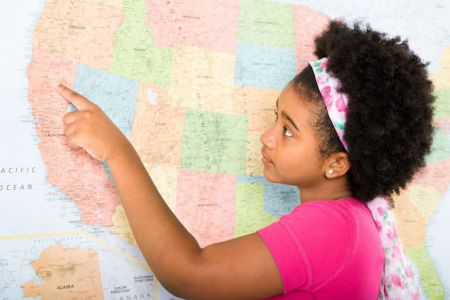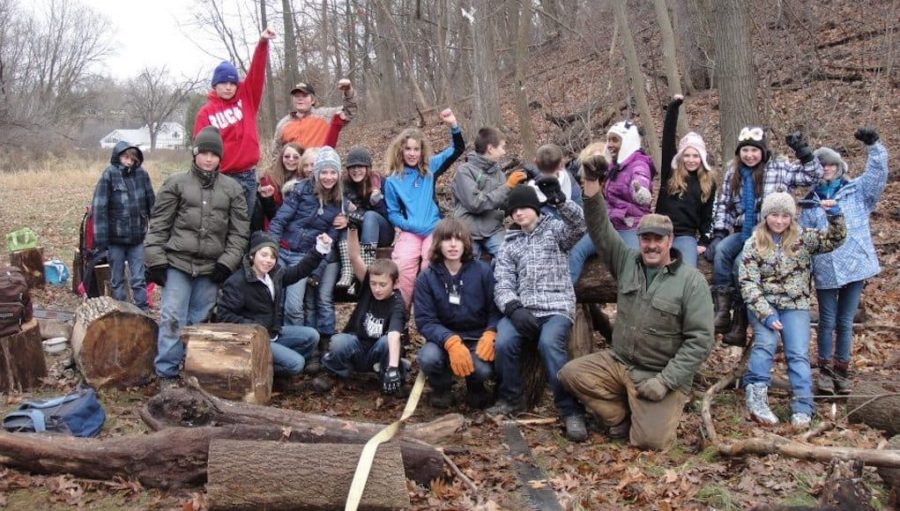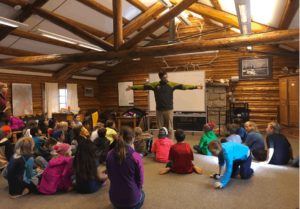Unbundled Ecosystem Map
The Unbundled Ecosystem matrix describes learning experience flexibility v. degree of unbundling.



Most formal learning in the United States occurs within the structured model. The system is less flexible (or at least flexible only within a set of structured choices).
The personalized model includes systems that have incorporated a personalized learning approach, offer significant course choice (whether on-site or online), and have built learner control over pace and choice into the model. South Carolina’s Personalized Learning Initiative and Dallas Independent School District Personalized Learning Initiative are robust examples of state-level and district-level scaled initiatives. Competency-based schools such as the online VLACS and Building 21 are among many learning models currently being implemented. Transcend’s Innovative Models Exchange provides a searchable database of examples.
Ecosystem models seamlessly integrate out-of-system and in-system learning, including internships, apprenticeships, and afterschool programs for credit. The national Afterschool Alliance advocates for robust learning outside of school and credit for these experiences. An example of this is the New Hampshire Learn Everywhere initiative, which allows a larger ecosystem of experiences to count for high school credit. The control is still at the state level, however. All of these examples increase permeability between the ecosystem and the school within the ecosystem.
The network marketplace model is not yet fully realized. ReSchool Colorado works alongside families to help build a personalized, goal-oriented learning experience (see gamified version, Revolve, for exploration). Online providers like Outschool and KidPass are building marketplaces, but they are not connected with in-system learning and survive as extracurricular learning.
Unifying the learning ecosystem (both in- and out-of-system) through a readily accessible marketplace of verified learning experiences and allowing learners to design within this unbundled space meets the needs of many more learners than current models.

